Cut the Rope: 15 years of experimentation, a successful animated series and a bucket load of candy
We chat with Efim Voinov about ZeptoLab's history, navigating the switch from premium to F2P
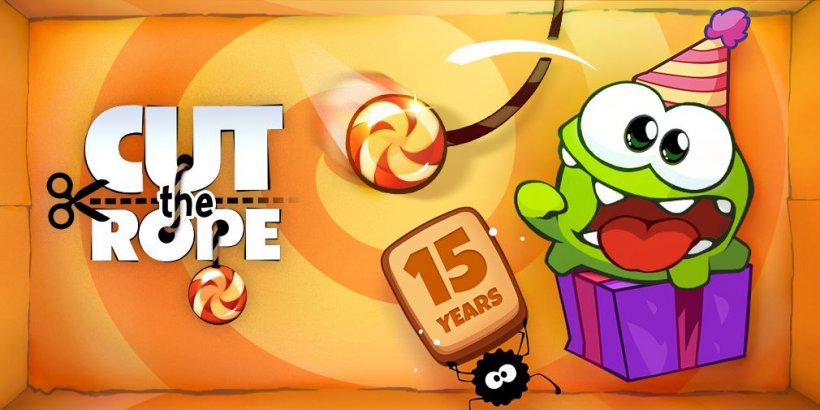
Once touchscreen phones really started to take off and we, thankfully, left ugly creatures like the BlackBerry in the past, games began to change, too. No longer did we have to fiddle awkwardly with numpads that were designed purely for texting, not playing. Instead, we could swipe, pinch, and tap effortlessly on our screens. It was a true leap forward, and even though touchscreen controls for certain genres would struggle until a few years later (FPS, I'm looking at you), there were a bunch of releases between 2009 and 2011 that were truly brilliant and felt like they didn't belong anywhere else.
Everyone will have their favourites, be it Flick Kick Football, Angry Birds, Jetpack Joyride, or Doodle Jump. For me, though, the best was Cut the Rope. The cute little green monster drew me in while the deceptively tricky puzzles kept me playing. I enjoyed it so much that I even bought an Om Nom plush, which I'm fairly sure is still in my house somewhere. So, when I noticed its fifteenth anniversary had arrived, it seemed like a great time to chat with Efim Voinov, CEO and co-founder of ZeptoLab, about the studio's history. Not only because they were at the forefront of touchscreen gaming, but because they've managed to stick around all these years later in an ever-changing landscape. That's not easy, let me tell you.
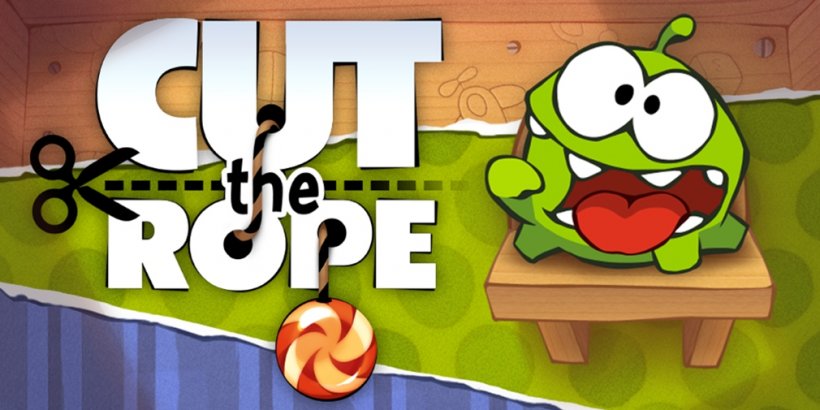
So, let's jump back to the very beginning, when Cut the Rope first arrived on October 4th, 2010. In those days, and this may seem wild to our younger readers, it cost a mere $0.99 (or your local equivalent) for the entire game, and that was it. That's right. There were no ads, no subscriptions, or any of the other stuff we're familiar with these days. You paid a teeny tiny entry fee and enjoyed dozens upon dozens of brilliantly crafted levels that centred around dropping candy in a cute green monster's waiting maw. Within a mere ten days of launch, it had already enjoyed one million downloads, and I was one of them. While I wouldn't entirely blame my A levels being worse than they should have been on Om Nom, becoming obsessed with getting three stars on every level certainly didn't help.
It was pretty much an overnight success, then, catapulting Om Nom into the public eye with the little guy quickly becoming a de facto mascot for the App Store, alongside our disgruntled avian friends, Angry Birds. And while the cheap, premium gaming model continued to be the go-to, this success continued for a good few years. From 2010-2013, to be precise. Cut the Rope: Experiments, Cut the Rope: Time Travel, and the more simply named Cut the Rope 2 all proved exceedingly popular. These delightful puzzlers were winning awards, too, picking up honours from the BAFTAs, Apple Design, GDC, and, more impressively, right here at Pocket Gamer, taking home the prize for Most Innovative and Best Casual/Puzzle.
Premium gives way to free-to-play
Unfortunately, that success could only last so long for ZeptoLab. Something was looming in the mobile gaming world that would require them to adapt their methods: The rise of the free-to-play model. This proved a tricky period in the studio's history, though one that provided an opportunity to learn.You see, the Cut the Rope series simply wasn't set up for this, not in its then-current form. As Efim says, “You can’t simply convert a premium game, designed for a finite, uninterrupted experience, into a free-to-play model built for long-term retention. While we adapted the Cut the Rope series to be ad-supported, we knew that to truly succeed in the F2P space, we needed to build games with that model in their DNA from day one. That realisation led us to develop new IPs designed specifically for that world.”
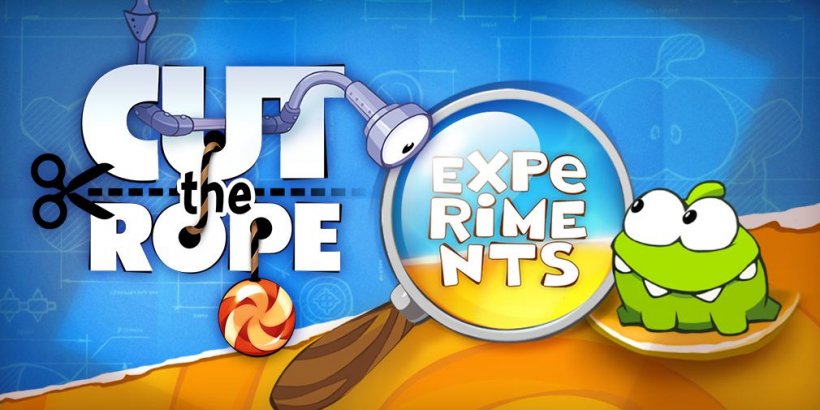
And therefore, ZeptoLab pivoted away from what was previously the tried and tested, in pursuit of the new status quo. “The shift from premium (pay-once) to free-to-play was seismic. The market moved from selling a self-contained product to operating a live service. As a studio that found its first success in the premium world, that transition was a profound challenge, requiring us to learn new skills in player retention, in-game economy, and live operations,” says Efim.
In 2014, the studio set our candy goblin free from his puzzle confines in My Om Nom, a virtual pet sim, which incidentally has made a recent comeback thanks to indie studio, Peaksel. They also tested the waters with new IP King of Thieves, a PvP platformer built around dungeon raiding and defence mechanics. That's a description that immediately sounds better-suited to F2P, I’m sure you agree. Then, in 2017, C.A.T.S. (Crash Arena Turbo Stars) launched and subsequently picked up a couple of awards from Google Play.
A period of experimentation for ZeptoLab
While all of this looks like trying everything to see what worked, Efim believed it was a necessary step: “It was a period of deliberate exploration. We wanted to grow beyond a single franchise and prove that we could create new, successful worlds. Each project - whether it was King of Thieves, C.A.T.S., or the Om Nom movie - was a step toward expanding our creative range and long-term potential. It might have looked experimental from the outside, but for us, it was a natural evolution toward becoming a multi-IP studio.”And as mentioned there, not only did ZeptoLab dabble with new IP, they ventured outside of video games entirely. While the Om Nom movie never came to fruition, Om Nom Stories did take off, attracting billions of views, and kept the character at the forefront of our minds. They also tinkered with a new art style in Cut the Rope: Magic in a bid to diversify the franchise.
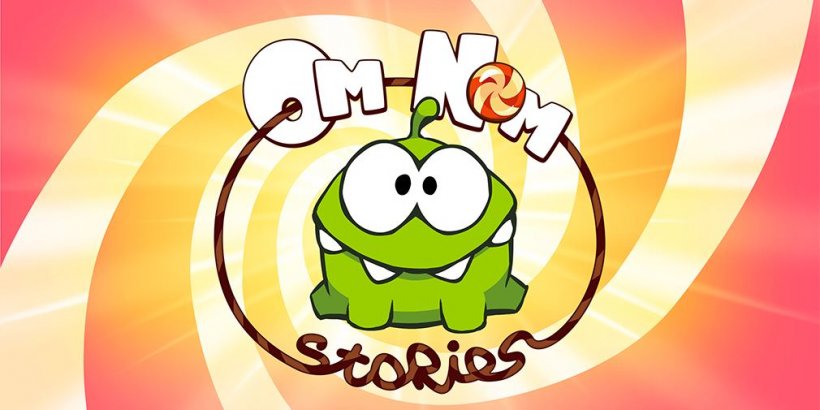
Discussing Om Nom's move from only appearing in puzzlers to a recognisable character in his own right, Efim said, “To see a character that started as a few pixels on a screen become a global animation star with billions of views is something we’re immensely proud of. The games introduce players to Om Nom, and the Om Nom Stories animated series deepens their connection to the game series.”
Despite transmedia success, ZeptoLab remained committed to game development, thankfully, going on to release various Om Nom Spin-offs like Om Nom: Merge, Om Nom: Run, and Where's Om Nom, though none of them achieved the unprecedented success of Cut the Rope. Alongside those, they launched original IPs Bullet Echo, Robotics!, and Evo Pop in 2020, in what was a busy year for the studio. This was followed in 2021 with Downhill Smash and, in 2022, with Overcrowded: Tycoon. If you were a ZeptoLab fan, it was an exciting few years, that’s for sure.
From free-to-play back to premium... sort of
While none of those have become household names in the same way Om Nom has, they have chugged along respectably, with Bullet Echo standing out as a particular favourite for Efim. “It represents a huge leap for us - a top-down tactical shooter in the hyper-competitive battle royale genre, which was completely outside our expertise back then. Its development was a testament to the team’s passion: they believed in the concept so strongly, even when we considered cancelling it multiple times. To see it not only launch but thrive for five years, continually growing its audience, is a tribute to their talent and persistence.”Despite not being wildly successful, ZeptoLab had made its way in the world of F2P by carving out niche, yet respectably sized, communities. Still, it always felt that the team was yearning for the old ways. They started life with premium, and that's what they knew best. And in 2023, they would be able to revisit it, albeit in a slightly different package, thanks to the rise of Apple Arcade and the newly minted Netflix Games. Cut the Rope Daily released on Netflix, while Cut the Rope 3 debuted on Apple's subscription service. This followed the arrival of Cut the Rope Remastered in 2021 on Apple Arcade, which proved the model could work for ZeptoLab and has continued to do so ever since.
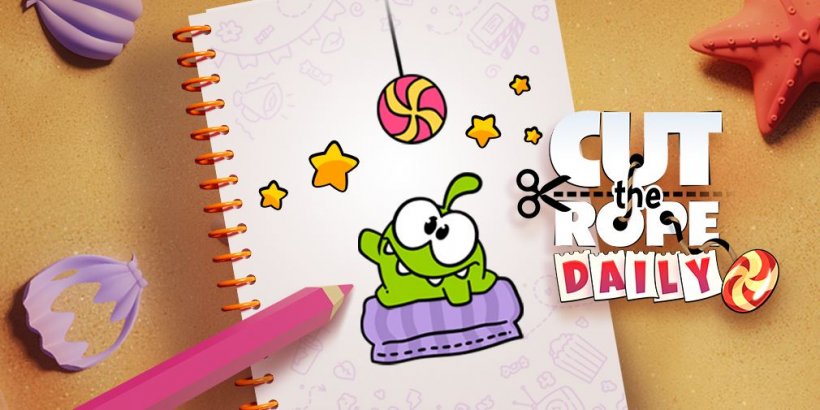
“The performance on subscription services has been very successful for us. In many ways, platforms like Apple Arcade and Netflix represent a return to our roots. They allow us to create pure, premium gameplay experiences, free from the design constraints of F2P monetisation. It’s a great environment for a game like Cut the Rope, which is all about the joy of puzzle-solving. Cut the Rope Daily on Netflix, for example, had a dedicated fanbase that played a new level every single day for over a year. That’s a level of engagement we’re thrilled with.”
It marked something of a revival for the Cut the Rope series, and a large part of that was probably helped by the return to the original format. I played the $0.99 version without ads or other interruptions and predictably found it off-putting when they were eventually introduced. And while ZeptoLab still has other IPs, it appears Om Nom is back at the forefront of their minds, particularly after the sale of C.A.T.S. and King of Thieves to Nazara.
Paving the way for the future
Speaking on this, Efim said, “Both King of Thieves and C.A.T.S. are incredible games with passionate communities. But as we looked ahead, we knew it was time to focus our efforts. We wanted to concentrate our internal development on building the next wave of titles and breathing new life into Cut the Rope. Nazara Technologies has a proven track record of managing and growing live-service games, so we knew they could take great care of those titles and their players. The decision allowed us to sharpen our focus and direct our creative energy toward the future.”It makes perfect sense, too. Cut the Rope not only set the studio up for success, but it also allowed it to experiment as ZeptoLab found its way in the F2P world. Of course, it wasn't as simple as being a one-hit wonder, as Efim explains: “The success of Cut the Rope was undeniably the foundation that gave us the stability to experiment, and even to fail - which is a luxury not all studios can have. But survival requires more than a strong foundation. What’s kept us going is our agility, our culture of fun and creativity, and most importantly, the incredible people behind our games.”
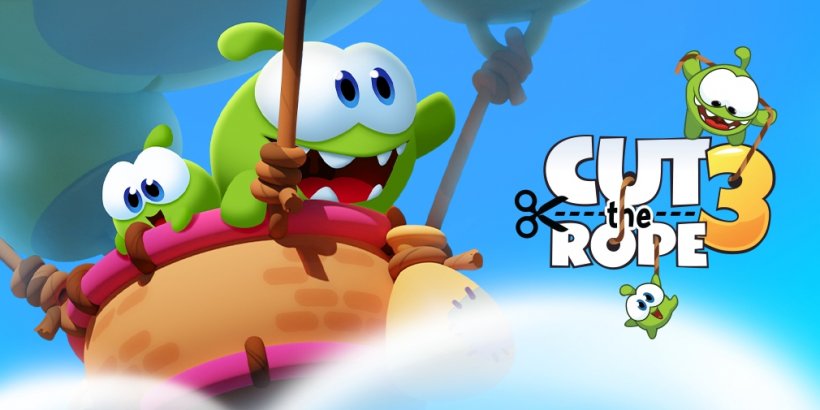
It's the agility part of that statement, alongside unwavering faith in the team, that rings true when discussing what's next for ZeptoLab. “Our future is about building on our legacy while evolving in smart, meaningful ways. You’ll absolutely see us reimagining Cut the Rope for a new generation, exploring fresh gameplay mechanics and platforms. At the same time, we’re developing entirely new projects we’re genuinely excited about. Our goal today is the same as it was in 2010: to create exciting, fun games that bring joy to players. The next 15 years look very promising,” says Efim.
And with that, we come to the end of our quick jaunt down memory lane with Cut the Rope and ZeptoLab. It's a story full of ups and downs, sure. However, ultimately, the studio has successfully navigated the treacherous waters of the F2P boom in its own way and continues to thrive, in part thanks to the solid foundations laid down 15 years ago. It’s surreal to think that potential movie deals, a ludicrously popular animated series, and merchandise all stemmed from a $0.99 puzzler that starred a cute green monster who just wanted a sugar fix.
